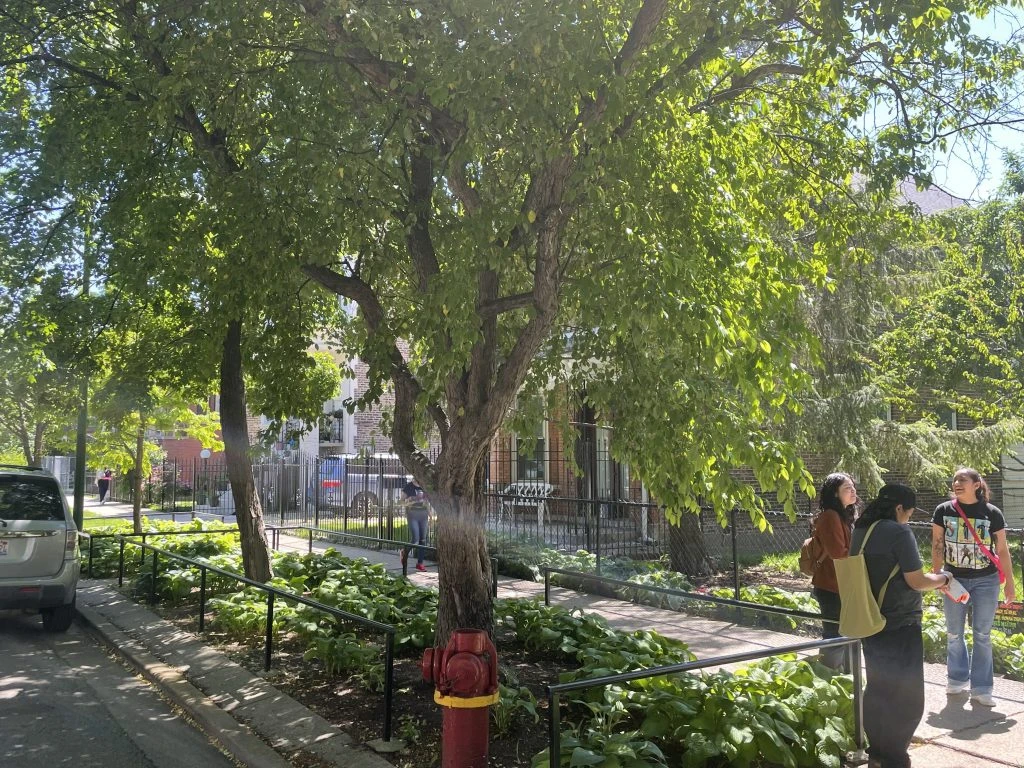Chicago
Expanding Chicago’s Tree Canopy
Bloomberg Associates worked with the City of Chicago to accelerate tree planting and maintenance in neighborhoods throughout the city, with a focus on communities with lower-than-average tree canopy coverage.
Relevant Expertise
Implement Sustainable and Resilient Solutions
- Tree Planting and Protection
Challenge
Like many cities, Chicago’s tree canopy is not evenly distributed across its neighborhoods. As a result, many communities do not benefit from the health, economic, and environmental services trees provide. The City’s historic approach to tree planting relied on individual residents to formally request planting and maintenance, with annual funding fluctuating from year to year. This reactive approach resulted in more removals than plantings, as Chicago averaged a net loss of close to 7,500 trees a year for five years, further tilting the imbalance in tree coverage throughout the city to wealthier communities.
As part of the ambitious Chicago Recovery Plan, Bloomberg Associates helped design and support a proactive, data-driven strategy to plant trees across the city. The program, named “Our Roots Chicago,” aims to plant 75,000 trees in Chicago in five years, increase canopy coverage in underserved areas, educate residents about the benefits of trees, and empower communities to help identify where trees are needed most.

Approach
With support from the Bloomberg Philanthropies Partnership for Healthy Cities, the Chicago Department of Public Health created a “community tree site selection tool” that collects and interprets data on tree canopy, air quality, land surface temperatures, economic hardship, and other social vulnerability and environmental factors to better understand where trees are lacking and where residents may benefit most from increased plantings.
Bloomberg Associates worked with City staff to implement operational and policy changes to significantly increase the City’s planting and maintenance capacities to meet the new tree goals. This included setting an additional goal of planting 40% of trees in the final four years of the program. In addition, Bloomberg Associates supported the City’s extensive community outreach efforts, including the launch of a “Tree Ambassador” program designed to train and empower residents with regard to tree issues.
Impact
In the program’s first year, the City planted more than 18,000 trees, exceeding its annual target. With an investment of $46 million, funding is in place for the Our Roots Chicago program to achieve its goal of planting 75,000 trees over 5 years in 22 priority communities, expanding Chicago’s tree canopy and improving the health and quality of life for tens of thousands of residents.

Metrics
$46M+ invested in the Our Roots program
18K trees planted in program's first year
75K+ trees to be planted over 5 years